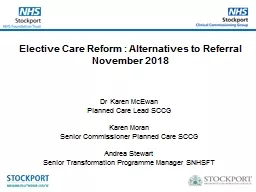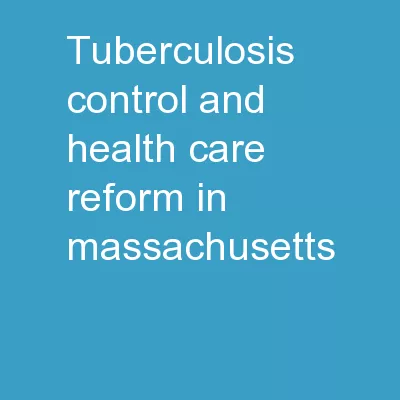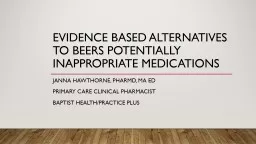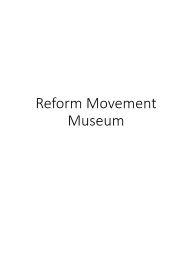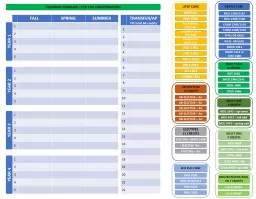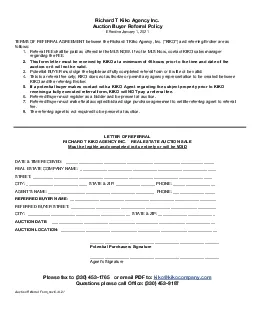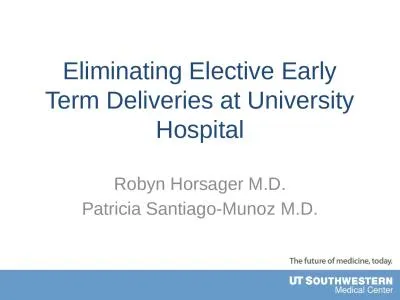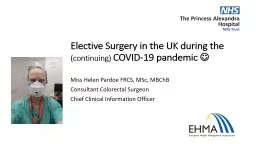PPT-Elective Care Reform : Alternatives to Referral
Author : Sunshine | Published Date : 2022-08-03
November 2018 Dr Karen McEwan Planned Care Lead SCCG Karen Moran Senior Commissioner Planned Care SCCG Andrea Stewart Senior Transformation Programme Manager
Presentation Embed Code
Download Presentation
Download Presentation The PPT/PDF document "Elective Care Reform : Alternatives to R..." is the property of its rightful owner. Permission is granted to download and print the materials on this website for personal, non-commercial use only, and to display it on your personal computer provided you do not modify the materials and that you retain all copyright notices contained in the materials. By downloading content from our website, you accept the terms of this agreement.
Elective Care Reform : Alternatives to Referral: Transcript
Download Rules Of Document
"Elective Care Reform : Alternatives to Referral"The content belongs to its owner. You may download and print it for personal use, without modification, and keep all copyright notices. By downloading, you agree to these terms.
Related Documents

